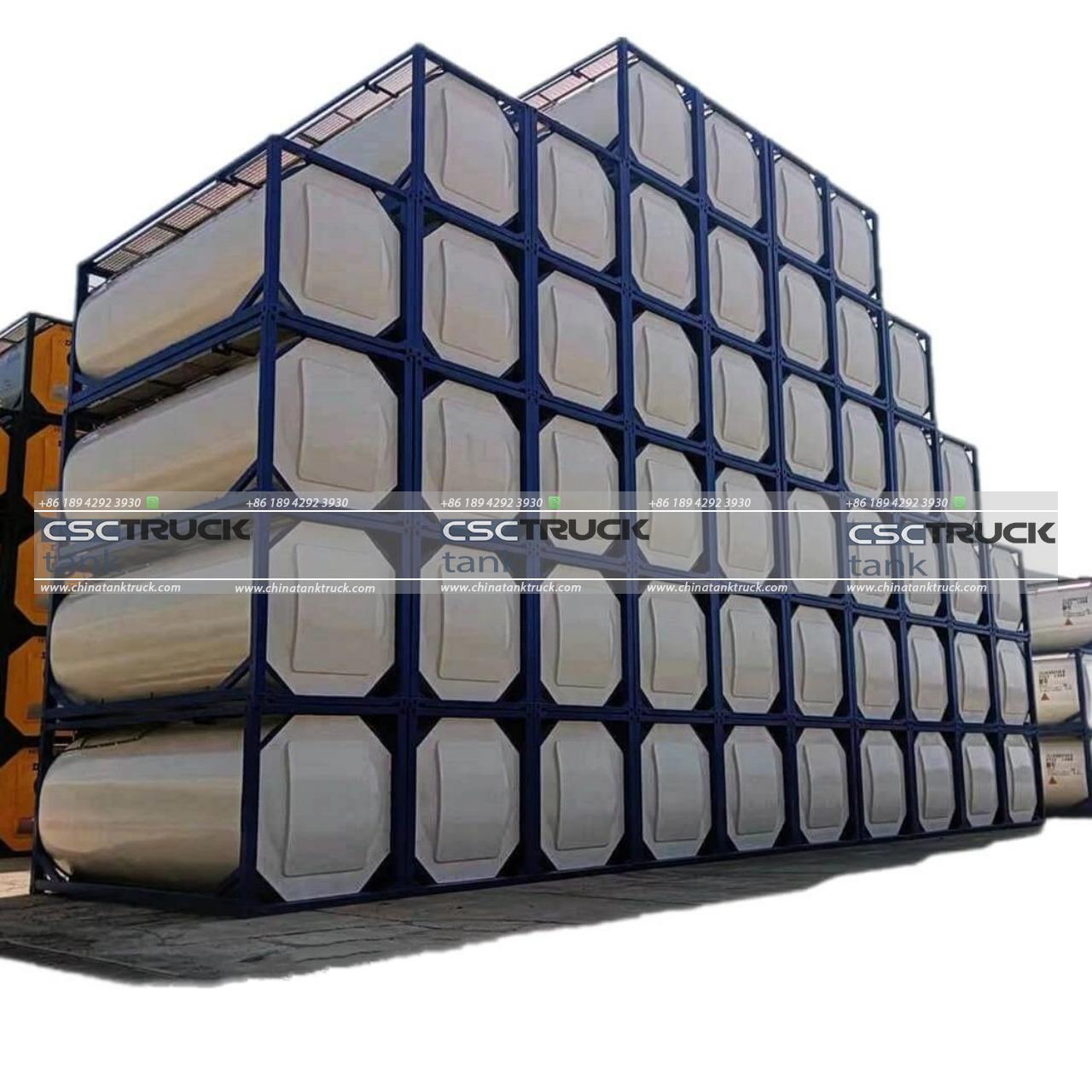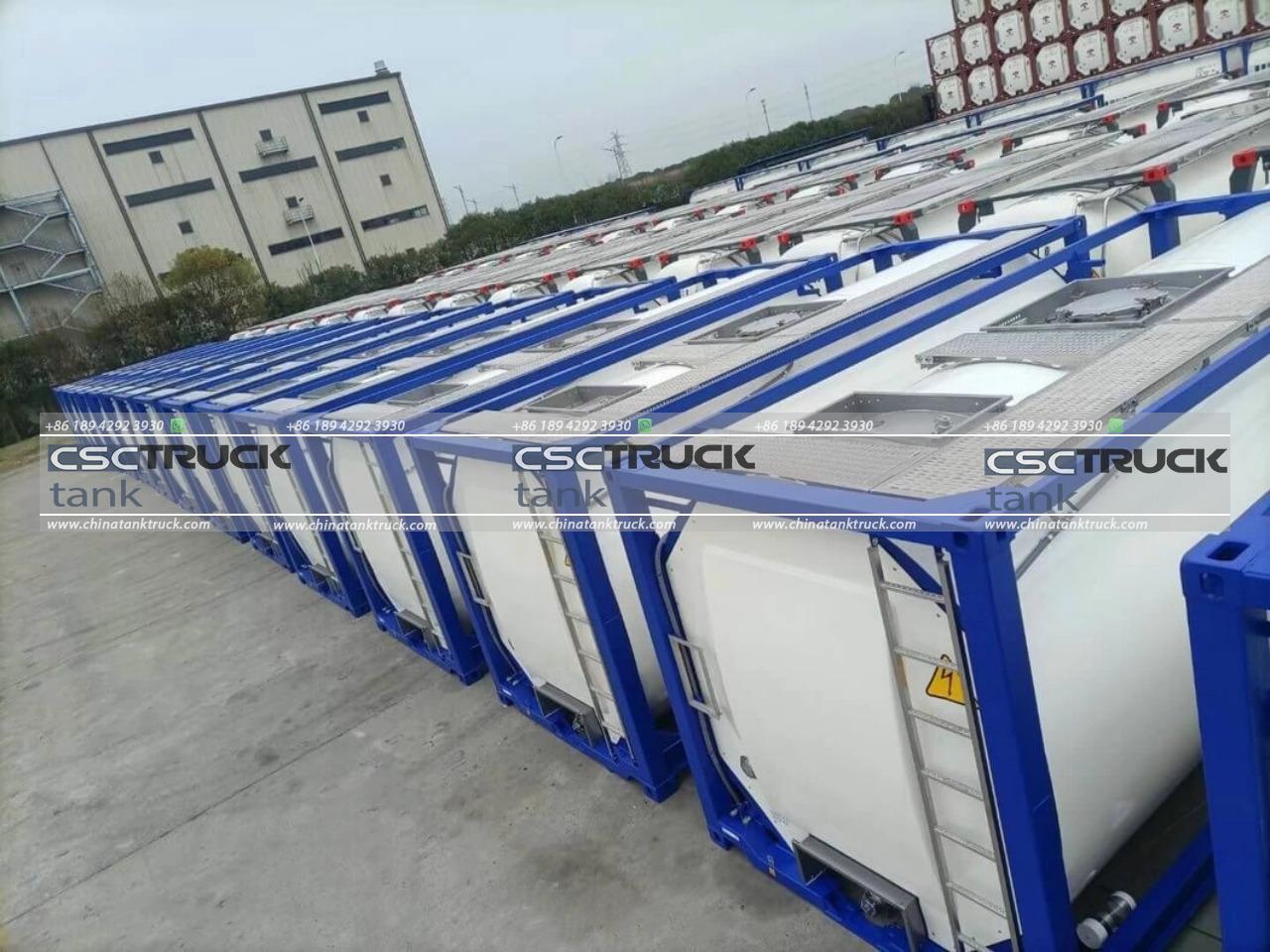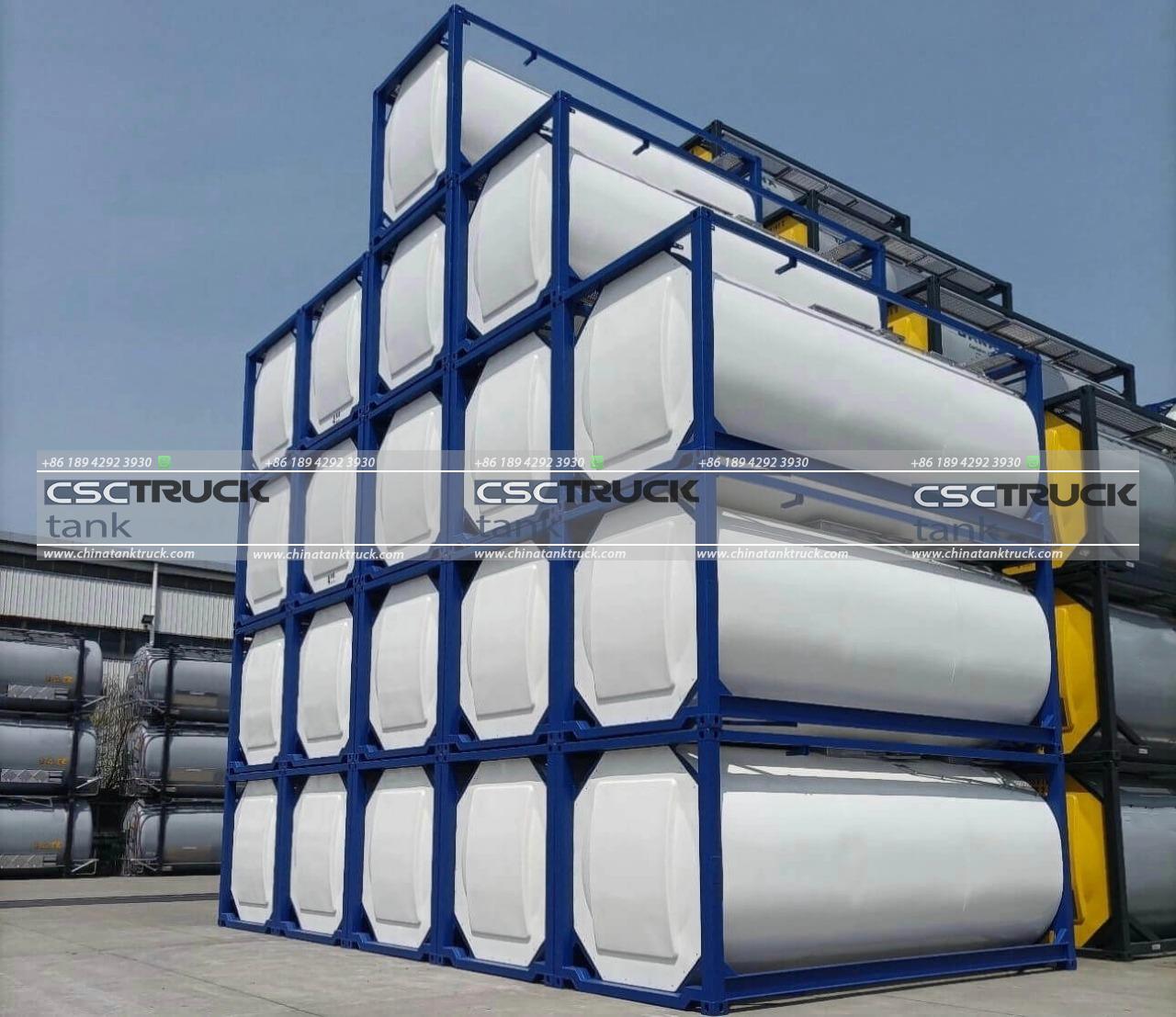What is the 80/20 Rule for Tankers?
The 80/20 rule, also known as the Pareto Principle, is a common concept in various industries, particularly in business, economics, and logistics. It states that roughly 80% of effects come from 20% of causes. In the context of tankers, such as those used for fuel, water, or other liquid cargoes, the 80/20 rule takes on a more specialized meaning related to safety, capacity, and efficiency. This concept is often used to ensure optimal performance while maintaining a high degree of safety, particularly in situations where the tanker’s stability is crucial.
Understanding Tanker Operations
Tankers play an essential role in industries like agriculture, petroleum, firefighting, and water supply. They are large vehicles designed to carry and transport liquids over long distances. The structure of a tanker typically includes a cylindrical tank mounted on a chassis, and depending on its use, it may have multiple compartments to transport different types of liquids.
One of the primary concerns in operating tankers is stability, particularly when the liquid inside is in motion. Liquids tend to slosh or surge when a tanker accelerates, decelerates, or turns, which can cause the vehicle to become unstable and potentially lead to accidents. Hence, precise control of liquid volume and its behavior inside the tank is crucial for safety.

The Safety Aspect: Why the 80/20 Rule?
In the context of tankers, the 80/20 rule usually refers to the practice of filling a tank to only 80% of its total capacity, leaving 20% of space, or “ullage.” This practice serves several essential purposes:
1. Preventing Overflows:
The primary reason for adhering to the 80/20 rule is to prevent overflows. Liquids expand and contract based on temperature changes. When a tanker is filled to 100% of its capacity, any increase in temperature could cause the liquid to expand, leading to an overflow. This is particularly hazardous when dealing with flammable or hazardous liquids like gasoline, chemicals, or even water in cold regions, where it could freeze.
2. Allowing for Liquid Expansion:
Liquids, especially petroleum products, are sensitive to temperature fluctuations. In the course of a journey, the temperature may change significantly, causing the liquid to expand. Filling a tanker to 100% leaves no room for expansion, creating a dangerous situation where pressure could build up within the tanker, possibly leading to leaks, rupture, or a more catastrophic failure.
3. Sloshing Control:
The term “sloshing” refers to the movement of liquid inside the tank when the vehicle is in motion. If the tank is full or too empty, the liquid inside can move around violently when the vehicle accelerates, brakes, or takes a turn. This can destabilize the tanker, increasing the risk of rollovers or accidents. By adhering to the 80/20 rule, the liquid is allowed enough space to expand and contract safely while also minimizing dangerous movement during transit.
4. Stabilizing the Tanker:
Leaving some space in the tank helps stabilize the vehicle by limiting the amount of liquid that can slosh around. When the liquid is allowed to surge too freely, it can shift the vehicle’s center of gravity unexpectedly, increasing the likelihood of tipping over. The 80/20 rule helps in maintaining a consistent and safe center of gravity during transport.
5. Reducing Pressure Build-Up:
The empty 20% at the top of the tank also serves to reduce pressure buildup inside the tank. If a tanker is filled to its maximum capacity, the internal pressure could increase dramatically, leading to dangerous outcomes. The ullage provides a buffer zone that prevents pressure from rising too high, which is critical when transporting volatile or flammable materials.
Applications in Different Industries
The 80/20 rule applies broadly across industries that utilize tankers for transport. However, each sector adapts the rule to meet its specific needs, depending on the type of liquid being carried, the tanker design, and the environmental conditions.
1. Fuel and Oil Tankers:
In the oil and gas industry, fuel tankers are subject to stringent safety regulations. Transporting gasoline, diesel, and other petroleum products carries significant risks, including flammability and volatility. The 80/20 rule ensures that tankers maintain enough space to accommodate thermal expansion while preventing dangerous sloshing or spillage. In this sector, even minor accidents can have far-reaching environmental and financial consequences, making the rule an essential part of safety protocols.
2. Firefighting Water Tankers:
Firefighting tankers, which carry large quantities of water to combat fires, also adhere to the 80/20 rule. Water, while not flammable, can still pose stability risks if it surges excessively inside the tank. Ensuring that there is enough space for the water to move without creating dangerous weight shifts is critical in situations where firefighters are operating in rugged or difficult terrain.
3. Agriculture and Irrigation:
In agriculture, water, and liquid fertilizers are often transported using tankers. Although the liquids are not as volatile as fuel, the stability of the tanker is still a significant concern. Sloshing could cause a loss of control, particularly on uneven terrain or narrow rural roads. Farmers and irrigation specialists adhere to the 80/20 rule to maintain the balance and prevent accidents.
4. Chemical Transport:
For chemical transport, the 80/20 rule is even more vital due to the nature of many chemicals, which may react dangerously to pressure or temperature changes. Some chemicals expand at different rates or might release gases, further complicating transport. By leaving a portion of the tank empty, the risk of accidents from pressure buildup or temperature-induced expansion is minimized.

Beyond Safety: Efficiency and Optimization
While safety is a primary concern, the 80/20 rule for tankers also has implications for efficiency and operational optimization.
1. Optimized Load Management:
By filling the tank only to 80%, companies can optimize the weight distribution of the vehicle. Overloading the tank could lead to inefficiencies in fuel consumption, wear and tear on the vehicle, and more frequent maintenance requirements. An optimized load also ensures better handling of the vehicle and reduces the risk of accidents.
2. Compliance with Regulations:
Many countries have regulations that enforce the 80/20 rule for specific types of cargo, particularly hazardous materials. Non-compliance can result in fines, legal complications, and reputational damage to companies. Adhering to this rule ensures that businesses stay within regulatory guidelines and avoid unnecessary penalties.
3. Operational Flexibility:
Leaving 20% of the tank unfilled allows for operational flexibility, especially when dealing with unexpected circumstances like delays, changes in temperature, or emergencies where additional liquid capacity may be needed.
Conclusion
The 80/20 rule for tankers is a vital practice that blends safety, efficiency, and operational optimization. By limiting the fill capacity to 80%, tankers can transport liquids more safely, reducing the risk of overflows, sloshing, and accidents caused by instability. This rule finds application across multiple industries, from petroleum to firefighting, ensuring that operations are conducted with minimal risk and maximum efficiency. While the rule may seem simple, its impact on safety and performance in tanker operations is profound, making it a cornerstone of best practices in the field.


